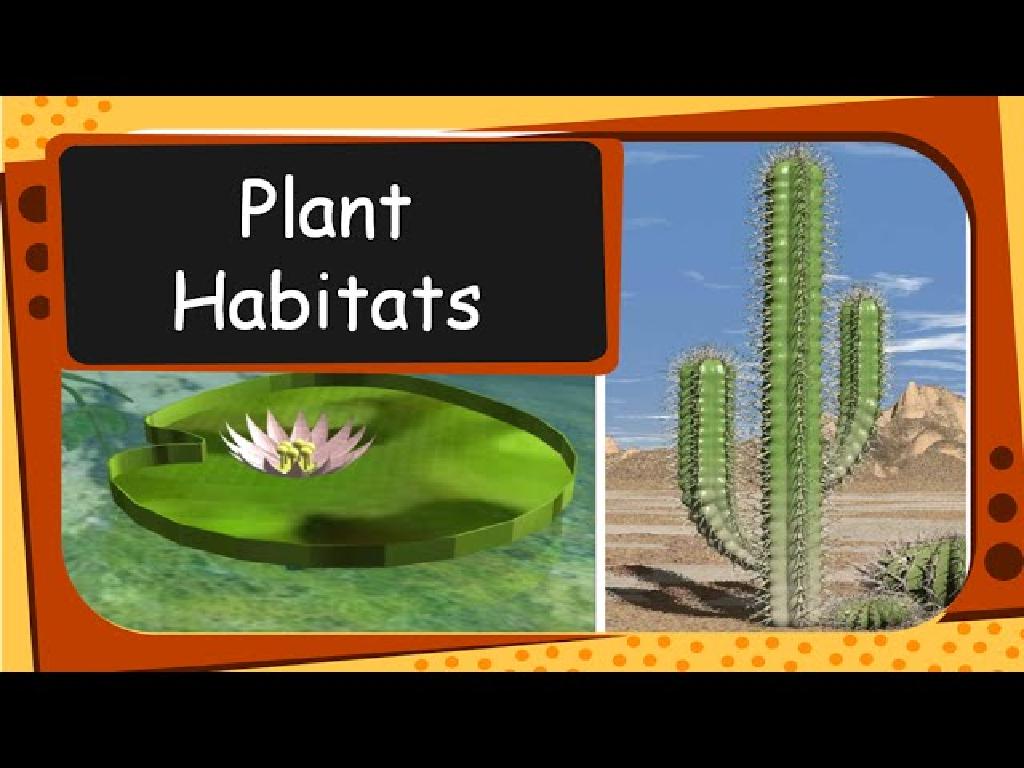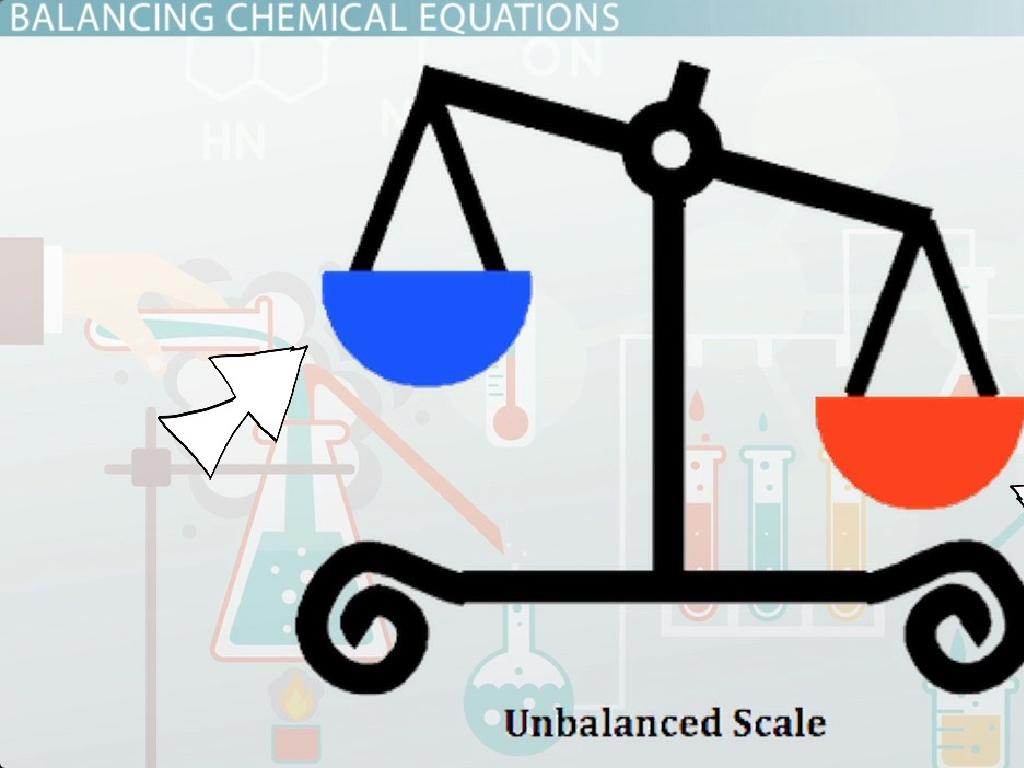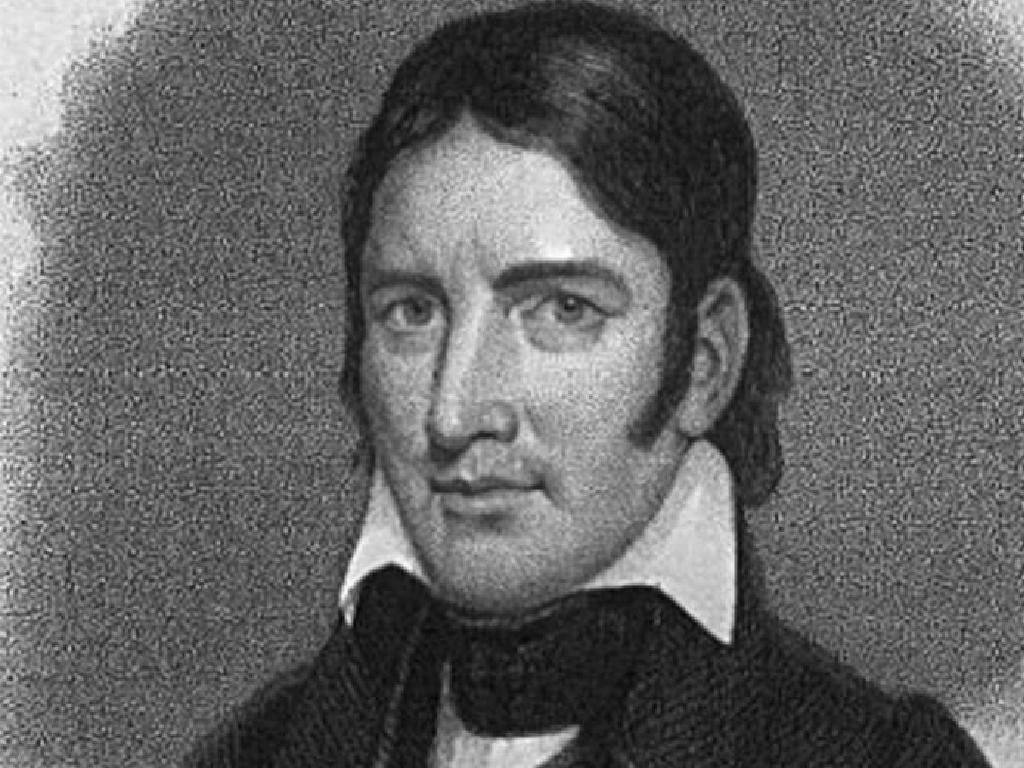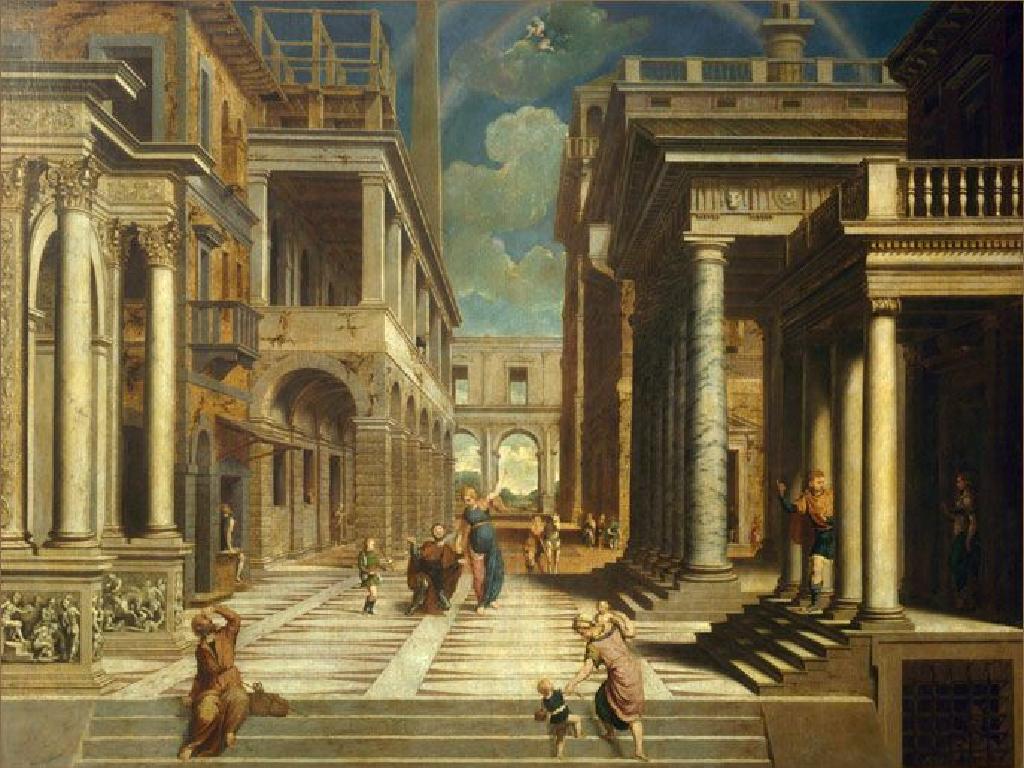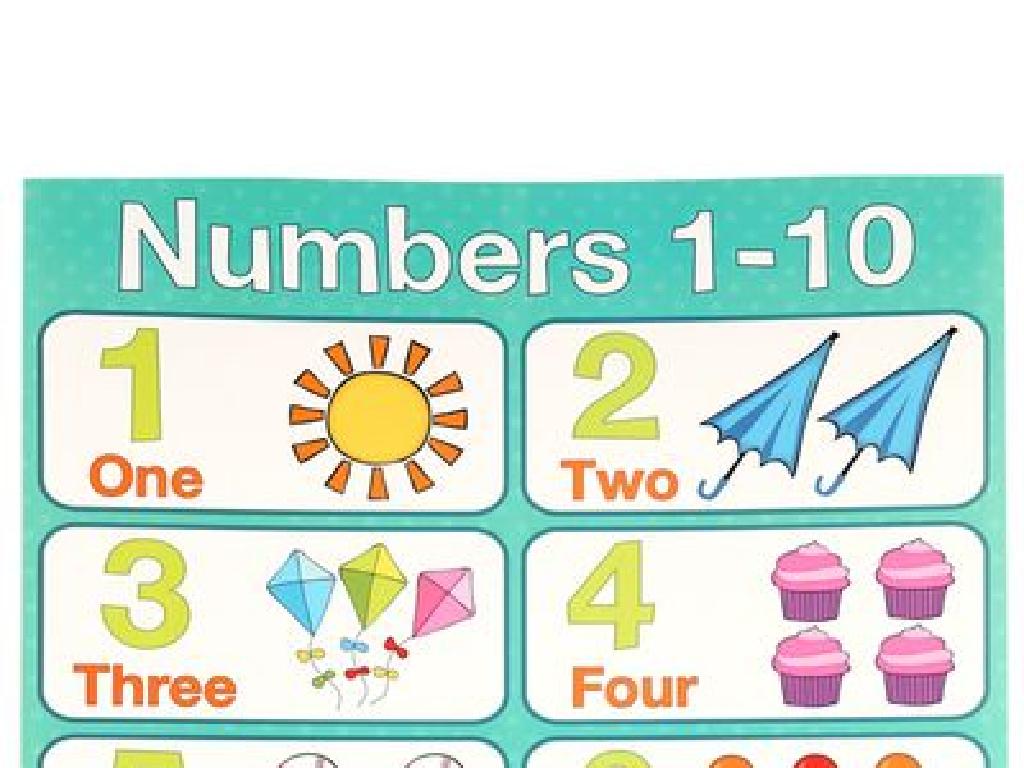Classify Objects By Two-Dimensional Shape
Subject: Science
Grade: Kindergarten
Topic: Shapes And Colors
Please LOG IN to download the presentation. Access is available to registered users only.
View More Content
Welcome to Shapes!
– Greet our little explorers
– Discover shapes around us
– Look at objects and find their shapes
– Learn to classify shapes
– Sort objects like circles, squares, and triangles
– Fun with shape sorting
– We’ll play a game to sort objects by shape
|
Begin the class with a warm welcome to set a friendly atmosphere. Introduce the concept of shapes by observing the classroom and identifying shapes of common objects. Explain that classifying means sorting or grouping objects based on their shapes. Engage the children with a hands-on activity where they can sort various classroom items into groups based on whether they are circles, squares, triangles, or other shapes. This interactive approach helps children understand the concept of classification and recognize shapes in their environment. Prepare a simple game or activity where children can practice sorting shapes, which will reinforce their learning and make the concept memorable.
Exploring 2D Shapes
– Shapes are everywhere!
– Every object has a shape
– Flat shapes are 2D
– 2D shapes like circles, squares
– 2D shapes in everyday life
– Find 2D shapes like a clock (circle), a book (rectangle)
|
This slide introduces the concept of shapes to Kindergarten students, emphasizing that shapes are all around us and every object has a shape. It distinguishes between flat shapes (2D) and other types of shapes, setting the stage for recognizing and classifying objects by their two-dimensional shapes. Use everyday examples to make the concept relatable, such as pointing out the shape of a window (rectangle), a plate (circle), or a door (rectangle). Encourage the students to think of other objects that have 2D shapes and share them with the class. This will help them to understand the concept of 2D shapes and how they are a part of our daily lives.
Meet the Shapes!
– Circle: A round, cornerless shape
– Example: A clock or a pizza
– Square: Four equal sides and corners
– Example: A checkerboard or a napkin
– Triangle: Three sides and corners
– Example: A road sign or a slice of pizza
– Rectangle: A stretched square
– Example: A door or a book
|
This slide introduces the basic two-dimensional shapes to Kindergarten students. Emphasize the visual characteristics of each shape. For a circle, highlight its roundness and lack of corners. For a square, point out that all sides are the same length and it has equal corners. A triangle has three sides and corners, which can be shown using objects like slices of pizza. Lastly, a rectangle is like a square but with two longer sides, similar to doors or books. Encourage the students to find and name shapes around the classroom or at home to reinforce their learning.
Shapes All Around Us
– Shapes are everywhere we look
– Circles: coins and buttons
– Round objects without corners
– Squares: floor tiles
– Four equal sides with corners
– Triangles: pizza slices
– Three sides and corners, like a pie slice
– Rectangles: doors and books
– Longer than they are tall, like a book
|
This slide is designed to help Kindergarten students recognize and classify common two-dimensional shapes by associating them with everyday objects. Encourage the students to observe their surroundings and identify shapes they see every day. Circles can be found in coins and buttons, squares in tiles, triangles in pizza slices, and rectangles in doors and books. Use real-life objects to demonstrate these shapes in class. This will help students understand the concept of shapes in a fun and interactive way. Ask them to bring examples of each shape to the next class for a show and tell activity.
Classifying Shapes: Sorting by Type
– What does classify mean?
– Classify means to sort things by their type.
– Shapes are everywhere!
– Look around to find shapes like circles, squares, and triangles.
– Sorting shapes activity
– We’ll sort objects based on their shape.
– Circle, square, triangle
– These are common shapes we’ll see and sort today.
|
This slide introduces the concept of classification to Kindergarten students in the context of shapes. Begin by explaining that to classify means to sort or group things based on their types or features. Emphasize that shapes are all around us and can be found in many objects. Engage the students in an interactive activity where they sort various classroom objects by their shapes, such as blocks, rings, and cutouts. Highlight the most common shapes they will encounter: circles, squares, and triangles. This activity will help them recognize and categorize shapes, enhancing their observational skills and understanding of geometry in everyday life.
Shape Hunt Adventure
– Become a Shape Detective
– Find shapes around us
– Circle, square, triangle, rectangle
– Look for round, 4 equal sides, 3 sides, and 4 sides with long and short
– Let’s start our Shape Hunt!
|
This slide introduces a fun and interactive class activity called ‘Shape Hunt’ where students will search for different two-dimensional shapes within the classroom. Encourage the children to observe their surroundings and identify shapes like circles, squares, triangles, and rectangles in everyday objects. Provide guidance on how to recognize each shape: a circle is round, a square has four equal sides, a triangle has three sides, and a rectangle has four sides with two longer opposite sides and two shorter opposite sides. Prepare a list of objects in the classroom that match these shapes to ensure every student can participate and find at least one shape. After the hunt, gather the students and discuss what they found, reinforcing their understanding of shapes.
Shape Art Creation
– Let’s make Shape Art!
– Choose shapes for your picture
– Think about the shapes around you
– Create a house, car, or anything
– Maybe a square for the house and rectangles for the windows?
– Use circles, squares, triangles
– Circles for wheels, triangles for roofs
|
This slide introduces a fun and interactive class activity where students will use their creativity to make art using different two-dimensional shapes. Encourage the children to think about the shapes they see in everyday objects and use those as inspiration for their art. Provide examples like using squares and rectangles to construct a house, circles for car wheels, and triangles for rooftops. This activity will help reinforce their understanding of shapes in a tangible and enjoyable way. Prepare cut-outs of various shapes in different colors to facilitate the activity. Have a gallery walk at the end where each child can showcase their Shape Art and discuss the shapes they used.
Shape Sorting Game
– Let’s play a shape sorting game!
– I’ll show you an object
– Tell me the shape of the object
– Place the object in the matching shape box
|
This interactive class activity is designed to help Kindergarten students recognize and classify objects based on their two-dimensional shapes. Prepare a variety of objects with different shapes such as circles, squares, triangles, and rectangles. Show each object to the class and ask them to identify the shape. If a student correctly identifies the shape, they can place the object in a box labeled with that shape. This activity reinforces shape recognition in a fun, hands-on way. Possible variations of the activity could include: 1) Group sorting where students work together to sort objects, 2) Timed challenges to see how quickly they can sort all objects, 3) Mystery shape game where students feel the shape of an object in a bag and guess its shape before seeing it, 4) Shape scavenger hunt around the classroom.
Review and Goodbye: You’re Shape Masters!
– Congratulations Shape Masters!
– Shapes are all around us
– Circles, squares, triangles in our world
– Classify shapes you see at home
– Find and name shapes around you
– Share your shape knowledge
– Teach your family about shapes
|
Well done to all the students for learning about two-dimensional shapes! Reinforce the idea that shapes are a fundamental part of our environment and can be found everywhere. Encourage the children to continue observing and classifying shapes in their daily lives, whether it’s during playtime or while helping around the house. Suggest that they share their new knowledge with family members, turning it into a fun teaching moment. This will help solidify their understanding and recall of the shapes they’ve learned in class.

